In a world becoming more interconnected by the day, the art of greeting has evolved from being a simple courtesy to a meaningful exchange. While ‘hello’ is the standardized greeting in the Anglophone world, many other cultures embark upon greetings that are just as significant and deeply rooted in their history and society. This transformation isn’t merely semantic; it’s symbolic of an enduring human need for connection and community. From the ancient origins of salutations to modern secular practices, greeting someone remains a bridge to shared humanity. This article delves into the evolution, diversity, and nuances of saying ‘hello’ across the globe, offering insights into why this simple gesture carries such profound significance.
The Evolution of ‘Hello’: From Ancient Origins to Modern Usage
From Ancient Roots to Modern Introduction
The journey of the word ‘hello’ is a fascinating exploration of linguistic evolution. Its origins can be traced back to the Old English term ‘hāl,’ which conveyed a sense of wholeness and good health. This early form of greeting was used to wish wellness upon another person. Over time, ‘hāl’ transformed, undergoing influences from various languages and cultural practices. The eventual standardization and widespread adoption of ‘hello’ occurred in the late 19th century. The need for a universal greeting became increasingly important with advances in communication technology, marking a pivotal moment in linguistic history. This transformation is not just historical trivia; it highlights how language adapts to technological advancements and cultural shifts, similar to liver cell regeneration processes where cells adapt and evolve to restore function.
Factors Influencing the Adoption of “Hello”
Several key factors contributed to the widespread adoption of “hello.” The invention of the telephone created a need for a standard way to initiate conversations. Alexander Graham Bell initially suggested “Ahoy” as the standard greeting, but it was Thomas Edison’s recommendation of “hello” that ultimately prevailed. Edison promoted its use in telephone directories. This standardization was crucial. It facilitated clear and effective communication across the rapidly expanding telephone networks. This linguistic standardization reflects how specific choices, when supported by influential figures and integrated into everyday technology, can indelibly shape language use.
- Technological Advancement: The telephone’s invention necessitated a standard greeting, influencing linguistic norms.
- Cultural Influence: Thomas Edison’s advocacy in telephone directories cemented ‘hello’ into popular usage.
- Linguistic Evolution: The gradual modification of ‘hāl’ to ‘hello’ reflects adaptation over centuries.

Global Greetings: A Guide to Saying ‘Hello’ Around the World
Cultural Nuances in Saying “Hello”
Across continents, the way people greet each other reflects cultural nuances and social structures. In Japan, for instance, bowing is an art form, a showing of respect that differs according to social status. The Thai ‘wai’ is another example, performed by pressing one’s palms together and dipping the head slightly. Meanwhile, in Nigeria, prostration or curtsying shows deference and respect. These gestures emphasize the importance of context and respect, over simply the words themselves. In the Middle East, a double cheek kiss is not uncommon, while in France, the number of kisses can vary by region from two to five. Such customs reflect the richness and diversity of cultural practices, connecting communities through common linguistic threads, similar to how cellular regeneration connects and restores tissues.
Understanding Formal and Informal Salutations
The distinction between formal and informal salutations is crucial in many cultures. Formal situations often require more elaborate and respectful greetings, which may involve specific gestures or titles. For instance, addressing someone as “Doctor” or “Professor” before their name indicates respect and recognition of their status. Informal situations, on the other hand, allow for relaxed greetings such as “Hi” or “Hey,” often accompanied by a casual wave or nod. Understanding and adhering to these distinctions can significantly impact social interactions and foster positive relationships. Knowing when to use a formal greeting, such as a bow in Japan or a respectful address in academic settings, shows cultural awareness and sensitivity.
- Respect for Hierarchy: Formal greetings maintain social order and show deference.
- Building Rapport: Informal greetings create a friendly and approachable atmosphere.
- Cultural Sensitivity: Adapting greetings to cultural norms fosters inclusivity.

Formal vs. Informal: Choosing the Right Greeting for Every Occasion
Deciphering Formal and Informal Introductions
Navigating the realm of greetings demands a keen understanding of contextual appropriateness. In professional environments, opting for a formal “Hello Mr./Ms. [Last Name]” conveys respect and professionalism, attributes highly valued in business interactions. In contrast, informal settings often welcome a more relaxed approach, with “Hi” or “Hey” serving as suitable alternatives, contingent on the degree of familiarity between individuals. This distinction is not merely semantic; it shapes perceptions and influences the tone of subsequent interactions. Using the correct salutations at the introduction creates a positive first impression. By choosing the correct greeting, you will strengthen the reception and rapport between parties. For example, initiating a business meeting with “Hello Mr. Smith” immediately sets a respectful and professional tone, while greeting a colleague with “Hi Sarah” fosters a friendly, collaborative atmosphere.
Cross-cultural Salutations: A Comparative Analysis
Cultural norms profoundly influence the landscape of formal and informal greetings. In Germany, “Guten Tag” is appropriate for formal interactions, such as addressing business partners or superiors. Meanwhile, “Hallo!” is reserved for informal contexts, such as casual conversations with friends or acquaintances. In France, “Bonjour” is a versatile greeting suitable for both formal and informal settings, while “Salut” is exclusively reserved for close friends and family. These nuances extend beyond mere linguistic differences. They embody cultural values and social expectations, underscoring the importance of cultural sensitivity in cross-cultural communication—mirroring the specificity found in liver cell regeneration where unique cellular interactions drive repair. For example, in Japan, a polite bow is used to show respect. The levelling up and regeneration bill is signed in the presence of a lot of journalists. Proper introduction greetings enhances the perception and communication between parties.
- Germany: “Guten Tag” (Formal), “Hallo!” (Informal).
- France: “Bonjour” (Formal/Informal), “Salut” (Informal).
- Japan: Bowing (Formal), Nodding with “Konnichiwa” (Informal).

Elevate Your Introduction: Creative Alternatives to a Simple ‘Hello’
Reimagining Initial Greetings for Lasting Impressions
Tired of the mundane ‘hello’? Elevating your introductory game can make your interactions memorable. Consider incorporating phrases like ‘Greetings,’ ‘Salutations,’ or ‘Good to see you’ depending on your familiarity and context. In more casual exchanges, expressions like ‘Howdy’ or ‘What’s up?’ can infuse your greeting with a bit of personality and warmth. These alternatives offer a creative refresh to standard introductions, allowing you to leave a lasting impression. While ‘hello’ is universally recognized, diversifying your introductions reflects adaptability and awareness, traits mirrored in the principles of cellular regeneration, where adaptation and renewal are key.
Crafting Context-Appropriate Introductions
Mastering the art of introductions involves selecting the right phrase for each social context. In a business meeting, a formal ‘Greetings’ or ‘Good morning/afternoon’ sets a professional tone. For more relaxed settings, such as meeting friends for coffee, a casual ‘Hi’ or ‘Hey’ is perfectly acceptable. The key is to gauge the environment and tailor your introduction accordingly. Understanding these social cues is crucial for effective communication and building rapport. Choosing an appropriate way to say hello can make a big difference in terms of a first impressions. Being mindful of the appropriate ways to say hello mirrors the precision required in processes like cartilage regeneration so the person makes the right dicisions.
- Formal Settings: Use ‘Greetings’ or ‘Good morning/afternoon’ to convey respect.
- Casual Encounters: Opt for ‘Hi’ or ‘Hey’ for a relaxed atmosphere.
- Regional Variations: ‘Howdy’ can add a touch of local charm in certain areas.
Regeneration: Discover the Power of Vitalica Wellness
Holistic Wellness Through Craniosacral Therapy and Physiotherapy
Vitalica Wellness employs craniosacral therapy to balance the cranial rhythm, alleviating stress and promoting overall body equilibrium using gentle touch and manual techniques. We also utilize physiotherapy, incorporating tailored exercises and advanced electrotherapy, to effectively treat musculoskeletal conditions and enhance patients’ mobility.
Vitalica Wellness specializes in blending modern scientific methods with traditional therapies to offer comprehensive wellness solutions. Our expertise extends to customized treatment plans designed to address the unique needs of each individual, ensuring a patient-centered approach to healthcare.
Yoga Camps Promoting Physical and Mental Health; Acupuncture Relieving Pain
Vitalica Wellness’s yoga camps are structured to provide significant mental and physical relaxation through guided meditation and yoga practices, fostering increased flexibility and reduced stress levels. Our acupuncture services utilize fine needles and, in some cases, ozone therapy to regulate energy flow and reduce pain, backed by traditional healing principles.
Distinguished by integrating traditional and contemporary methods, Vitalica Wellness is a center recognized for its effective approaches to holistic health and wellness. Our wellness programs have been shown to promote improved quality of life and overall well-being among participants.
Customized Detox and Bitter Diet Programs Enhancing Immunity and Well-being
Vitalica Wellness ensures high-quality care through personalized detox programs and specialized bitter diets designed to eliminate toxins, boost energy, and strengthen the immune system. These services are delivered under the guidance of experienced wellness trainers, offering tailored support for each client.
Clients at Vitalica Wellness report significant improvements in energy levels, reduced stress, and enhanced overall quality of life following our holistic treatments. Our integrated approach, focusing on both mental and physical wellness, consistently yields positive health outcomes for our patients.
Frequently Asked Questions
What does ‘Hello’ mean and what are its origins?
Why do we say ‘Hello’ when answering the phone?
What are some appropriate ways to say Hello in different cultures?
What is a formal greeting and when should I use it?
Besides ‘Hello’, what are some creative alternatives for introductions?
Ready to enhance your well-being with our holistic therapies?
